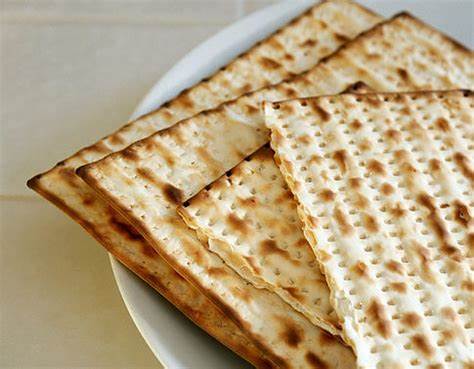Several weeks ago, I contacted Elizabeth Zelvin, one of our genre’s most celebrated short-story writers, and asked for a post in time for Passover. The timing seemed important, because Liz’s story in our current issue (March/April 2021) is set at a Passover Seder. How wonderful, I thought, if readers could learn what inspired the story during the period in which the holiday was actually being celebrated. Liz sent the post right away, a week before Passover began, and I postponed it for a week so that it would fall during the holiday. As to what happened next, I can only plead “pandemic brain” (which scientists say is real!). When the 31st rolled around, I had it in mind that I’d already sent Liz’s piece in for posting, and went on to the next post on the schedule. It was only when Liz reminded me last week that she hadn’t yet seen her post that I scrolled back and realized that it had never been posted. So here it is: some terrific reflections on the background to a great story. And the issue in which it appears is still on sale, so you can still read and enjoy it. Liz’s latest book is one she edited: the anthology Me Too Short Stories. She is best known as a novelist for her Bruce Kohler mysteries. —Janet Hutchings

When I wrote “Who Stole the Afikomen?” (EQMM March/April 2021), I was “writing what I know” in a spirit of love and nostalgia for the Passover celebrations of my childhood in a family of secular Ashkenazic Jewish Americans in New York. The family in my story differs in some ways from my own. We were less numerous, more intellectual, and not a jeweler or king’s mistress in the lot. While I still host a Seder every year, its traditions have attenuated and evolved over the years, adapting to the loss of family members who read Hebrew, the impatience of the guests for dinner to be served, and the composition of my family itself from all Jewish to multicultural, with Jewish DNA in the minority.
I wanted the story to convey my kind of Jewishness, which is very important to me but is not what comes to most people’s minds when I say I’m Jewish. It’s not about dietary laws or religion or Israel. It’s about belonging to a people—a smart, argumentative, indomitable people who have managed to hang onto our ethnic identity, culture, and remarkable ethical principles, along with our sense of humor, for 5,781 years in the face of persistent, repeated persecution.
That’s the story we tell at Passover every spring, the season of renewal. Jewish families all over the world come together to feast, sing, and read the Haggadah, the traditional manual for the festival. We were slaves in Egypt for four hundred years. Then a leader, Moses, arose to speak for us. Let my people go! he told Pharaoh. You know the story. We need to tell it every year because we can’t afford to forget. It keeps happening. The Inquisition. The Holocaust. Bombs in synagogues in today’s America. But we’re going to eat gefilte fish and pot roast and celebrate life while we remember.
Readers of “Who Stole the Afikomen?” who have attended Seders tell me they felt a spark of recognition, even if they’re not Jewish. It’s not just the food. It’s the sense of family, of community. The warmth, the liveliness. The sheer noise. Ashkenazic, ie Eastern European Jews, all talk at once. It’s a cultural trait. Like my fictional protagonist Andy, my non-Jewish husband was overwhelmed by the cacophony at his first family Seder forty years ago. I explained we interrupt out of enthusiasm, because we’re so interested in what’s being said.
Secular Jewish families like mine have always been unruly and irreverent. We always took liberties with the ritual. When my son was little, we deleted what he called “the boring part”—all the rabbinical exigesis—from the text and gradually made other revisions. Since the enslaved Jews were unpaid workers, we sing, “Bread and Roses,” the anthem of the 1912 Massachusetts mill strike. When we explain the sacrificial shank bone on the Seder plate, we add a paragraph for vegetarians. We display the orange that symbolizes the full participation of the previously marginalized in Jewish life, ie women and LGBTQ Jews. So it’s not so very out of line that in my story, Uncle Jules decides to add a little sparkle to the hunt for the afikomen by hiding a diamond with the ritual piece of matzoh.


Nice piece, Liz! I also enjoyed the story in the current issue … which, yes, definitely reminded me of the seders my family held when I was a kid and then a teenager….
Thanks, Josh. 🙂